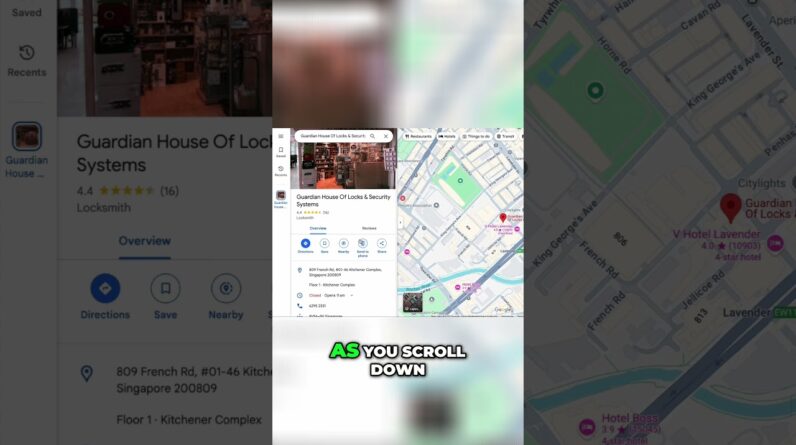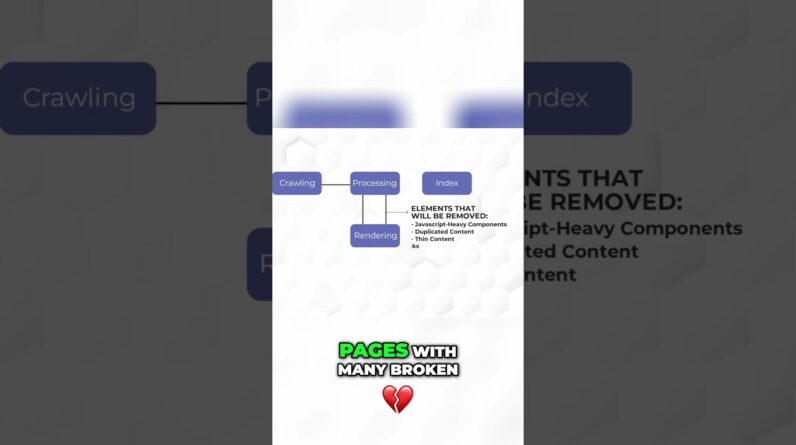
If you want to enhance how your website content appears on social media platforms like Facebook, Twitter, or LinkedIn, you need to incorporate Open Graph meta tags. In this step-by-step tutorial, we will guide you through the process of adding Open Graph meta tags to your website effectively. Let’s get started!
How to Add Open Graph Meta Tags (Step-by-Step Tutorial)
Introduction
Welcome, curious reader! Are you looking to spice up your social media game and make your content stand out on platforms like Facebook and Twitter? Well, look no further! In this engaging guide, we will walk you through the fascinating world of Open Graph Meta Tags. By the end of this tutorial, you will have the tools to boost your online presence, increase engagement with your audience, and optimize your content for various social media platforms.
Let’s dive in step by step!
What are Open Graph Meta Tags?
- Open Graph Meta Tags are snippets of code that allow you to control how your content appears when shared on social media platforms.
- They provide valuable information to platforms like Facebook and Twitter, enhancing the look of your links and increasing visibility.
Why Should You Care About Open Graph Meta Tags?
- Utilizing Open Graph Meta Tags can significantly enhance the appearance of your links on social media, making them more attractive and engaging for users.
- These tags help increase click-through rates and drive more traffic to your website or blog.
- By adding OG Image Meta Tags, you can make your website visually appealing and entice users to click on your shared links.
How to Add Open Graph Meta Tags
-
Step 1: Understand the Basics
- Familiarize yourself with the different types of Open Graph Meta Tags available, such as OG Image, OG Video, and OG Twitter tags.
-
Step 2: Choose the Right Plugin
- If you are a Rank Math PRO user, take advantage of the plugin’s built-in feature to easily add and customize Open Graph Meta Tags for your content.
-
Step 3: Set Up Default Open Graph Image
- Ensure you have a default OG Image specified to guarantee that your shared links always display a visually appealing image.
-
Step 4: Optimize for Twitter
- Don’t forget to add OG Twitter Meta Tags to optimize how your content appears on Twitter, maximizing engagement on this platform.
Conclusion
Congratulations, you’ve now unlocked the secrets of Open Graph Meta Tags! By following this step-by-step tutorial, you are on your way to boosting your SEO, increasing social media engagement, and making your content shine across various platforms. So, what are you waiting for? Get started today and watch your online presence soar!
FAQs
-
Can I add Open Graph Meta Tags manually to my website?
- Yes, you can add Open Graph Meta Tags manually by editing the HTML code of your web pages.
-
Do Open Graph Meta Tags affect my website’s SEO?
- While Open Graph Meta Tags themselves don’t directly impact SEO, they can indirectly improve click-through rates and user engagement, which are essential for SEO.
-
Are Open Graph Meta Tags supported on all social media platforms?
- Open Graph Meta Tags are primarily used by Facebook and Twitter; however, other platforms may also support them to some extent.
-
How often should I update my Open Graph Meta Tags?
- It’s a good practice to update your Open Graph Meta Tags whenever you publish new content or make significant changes to your existing content.
-
Can I preview how my links will appear on social media before sharing them?
- Yes, many online tools allow you to preview how your links will look when shared on popular social media platforms, helping you ensure they appear as desired.






